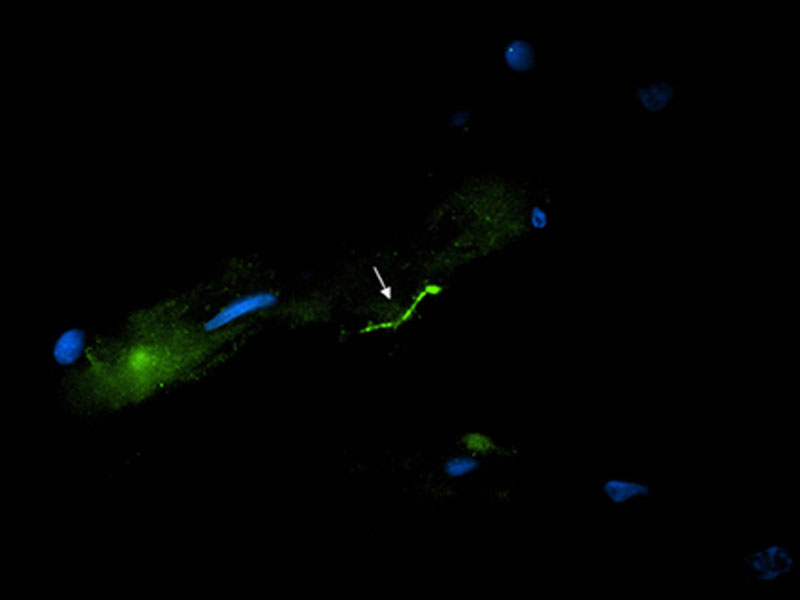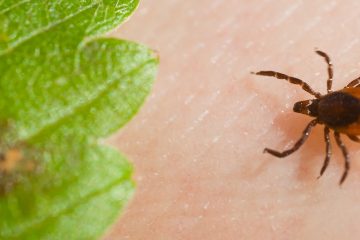A n important new study from Tulane University found Lyme bacteria in autopsied brain tissue of a woman who had been aggressively treated with antibiotics.
“These findings underscore how persistent these spirochetes can be in spite of multiple rounds of antibiotics targeting them,” says Dr. Monica Embers, of Tulane.
Dr. Embers’ team collaborated with Dr. Brian Fallon, of the Lyme and Tick-Borne Diseases Research Center at Columbia University Irving Medical Center.

Photo credit: Embers, M., et al. Front. Neurol., 10 May 2021. Detecting Borrelia Spirochetes: A Case Study With Validation Among Autopsy Specimens
In their study, published in Frontiers in Neurology, the researchers performed an in-depth autopsy on the brain tissues of an elderly woman who had been previously treated for neurological Lyme disease.
And guess what? They found intact Borrelia burgdorferi, the agent that causes Lyme disease, inside portions of the patient’s brain, as well as DNA evidence in her spinal cord.
Obviously, brain samples cannot be taken from a living person. Therefore, autopsy samples, such as used in this study, can demonstrate that borrelia can remain in human tissues even after extensive treatment with antibiotics. Such studies are essential in the effort to develop better diagnostics and treatment.
Persistent Lyme
Many academic researchers and physicians refer to the persistent symptoms of Lyme as post-treatment Lyme disease syndrome (PTLDS). But patients who are left disabled after being treated for Lyme call it “chronic Lyme disease.”…….Join or login below to continue reading.




























